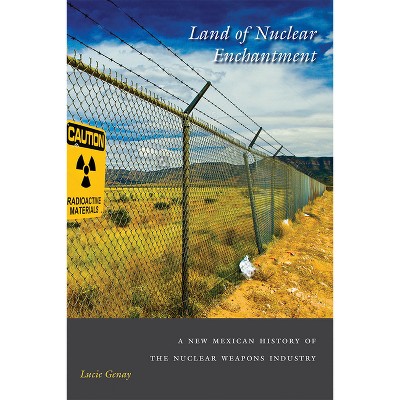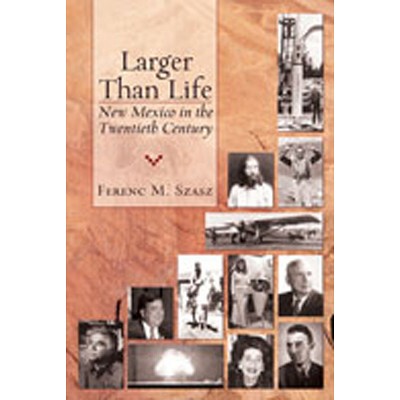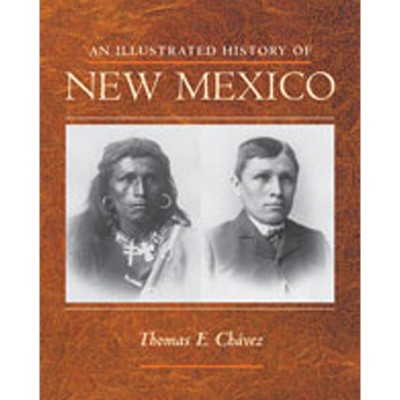About this item
Highlights
- Pantex was built during World War II near the town of Amarillo, Texas.
- Author(s): Lucie Genay
- 304 Pages
- History, United States
Description
About the Book
The book investigates how Pantex has impacted local identity by molding elements of the past into the guaranty of its future and its concealment.Book Synopsis
Pantex was built during World War II near the town of Amarillo, Texas. The site was converted early in the Cold War to assemble nuclear weapons and produce high explosives. For nearly fifty years Pantex has been the sole assembly and disassembly plant for nuclear weapons in the United States. Today, most of the activities of the plant consist of the manufacture of high explosive components and the dismantlement or life extension of weapons.
Unlike the much more famous nuclear-weapons-production sites at Los Alamos, Oak Ridge, Hanford, and Rocky Flats, the Pantex plant has drawn little attention, hidden under a metaphoric "cap of invisibility." Lucie Genay now lifts that invisibility cap to give the world its first in-depth look at Pantex and the people who have spent their lives as neighbors and employees of this secretive industry. The book investigates how Pantex has impacted local identity by molding elements of the past into the guaranty of its future and its concealment. It further examines the multiple facets of Pantexism through the voices of native and adoptive Panhandlers.
Review Quotes
"Under the Cap of Invisibility is engaging and evocative, relaying a highly significant story of nuclearization against an unexpected backdrop, rural Texas. Moreover, the book is a well-executed example of regional history. It balances national contexts with local characters in a way that showcases what makes the Panhandle and the Pantex Plant unique while also connecting these stories to larger frameworks. . . . This book should have a place on the shelves of most military, western, and Texas historians."--Southern California Quarterly
"A thoughtful and important addition to the history of the atomic West. . . . It is a reminder that we are still living with the legacy of the Cold War."--Leisl Carr Childers, author of The Size of the Risk: Histories of Multiple Use in the Great Basin
"With great insight and a rich narrative, Genay brings the history of Pantex to the fore of scholarship in the history of America's nuclear arsenal and its impact on the American West."--Ryan H. Edgington, author of Range Wars: The Environmental Contest for White Sands Missile Range












